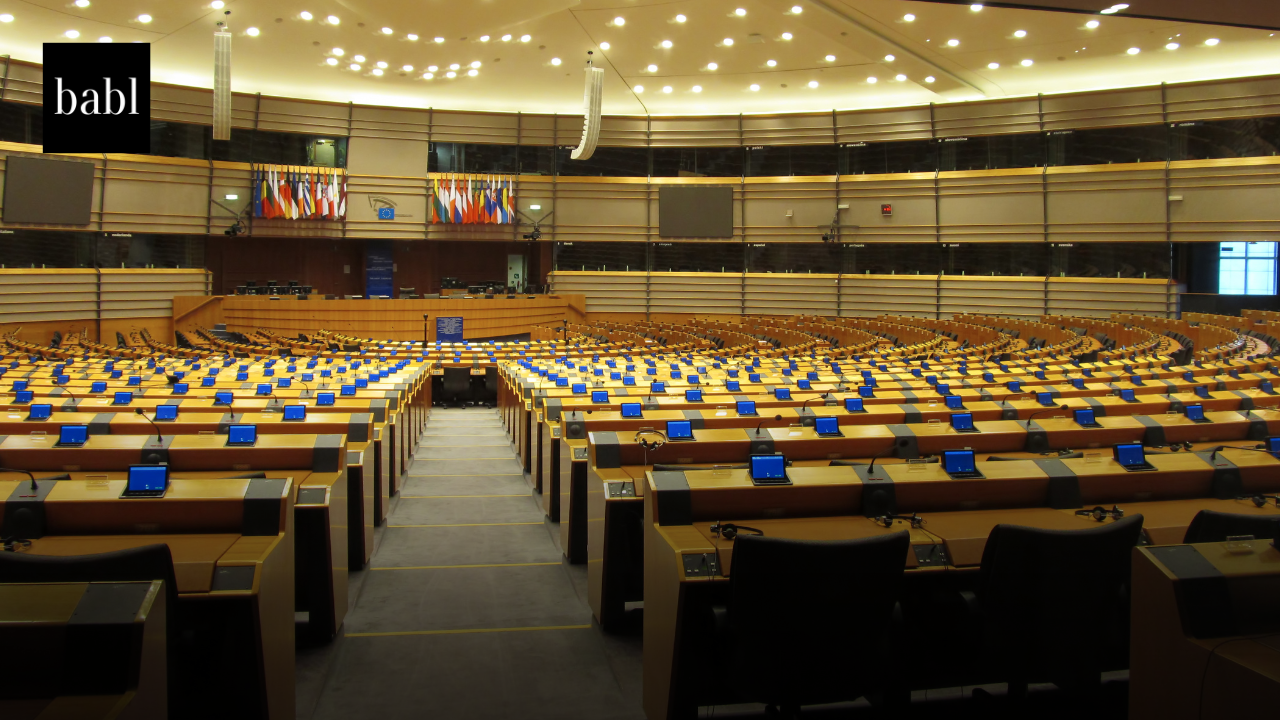UPDATE — NOVEMBER 2025: Since the European Commission released the Code of Practice for General-Purpose AI (GPAI) on July 10, 2025, the framework has transitioned from a voluntary guidance document into a structured, quasi-binding compliance tool under the EU AI Act. The final version, which took effect on August 2, 2025, now contains several mandatory “must” provisions that significantly strengthen the original text. The Code establishes a one-year grace period, allowing signatories until August 1, 2026 to fully meet all commitments without facing enforcement. GPAI providers that launch new models after August 2, 2025, must comply immediately, while legacy models already on the market have until August 2, 2027 to reach full compliance.
Among the most consequential additions are a single, harmonized copyright policy applicable to all GPAI models, a ten-year record-retention rule, and an explicit obligation for model providers to define their own measurable safety objectives rather than relying on fixed benchmarks. These updates clarify documentation and accountability expectations for large model developers operating within the EU.
The Code’s three chapters remain its backbone. The Transparency section introduces a standardized Model Documentation Form requiring detailed disclosure of model specifications, data sources, computational resources, and environmental impact. The Copyright section formalizes compliance obligations, including the honoring of robots.txt protocols and mechanisms for IP owners to submit infringement complaints. The Safety and Security section establishes best practices for identifying and mitigating systemic risks under Article 55 of the EU AI Act, with added emphasis on continuous model monitoring and red-teaming procedures.
While the Code remains technically voluntary, the European Commission and the AI Board have both confirmed it as a valid means of demonstrating compliance—offering providers reduced administrative burden and legal certainty. Additional Commission guidance on interpretive terms and complementary labeling rules for AI-generated content is expected in early 2026, alongside a separate Code of Practice on AI Content Marking. In short, the GPAI Code has evolved into a de facto compliance framework for general-purpose AI developers, bridging the gap between the AI Act’s high-level obligations and practical implementation standards across the EU.
ORIGINAL NEWS STORY:
EU Releases Voluntary Code of Practice to Guide Compliance with AI Act for General-Purpose AI
The European Commission has published the long-awaited Code of Practice for General-Purpose AI (GPAI). It’s designed to help AI model providers align with the EU AI Act’s legal requirements on transparency, safety, and copyright.
The Code of Practice arrives at a critical time for industry stakeholders, many of whom have voiced concern about the lack of clarity around how to comply with the Act’s obligations—especially for developers of large, general-purpose AI models. Until the formal standards are adopted, the Code provides a temporary but actionable framework for compliance under the EU AI Act.
Developed through a multi-stakeholder process involving independent experts, the Code consists of three chapters: Transparency, Copyright, and Safety and Security. Each chapter corresponds to a key obligation under the EU AI Act and provides practical tools and guidance to assist providers in meeting their legal duties.
The Transparency chapter includes a Model Documentation Form, a standardized and user-friendly template that helps providers explain how their models work, how they were trained, and what risks they might pose—addressing the EU AI Act’s call for sufficient model transparency.
The Copyright chapter outlines best practices for implementing copyright compliance policies, helping providers navigate one of the most hotly debated topics in AI governance: how to respect intellectual property rights when training or deploying AI systems.
The Safety and Security chapter is intended for developers of the most advanced models that present systemic risk, as defined under Article 55 of the AI Act. It lays out state-of-the-art practices for risk mitigation, safety testing, and system monitoring.
While the Code is non-binding, it provides a defensible path to regulatory alignment for companies that choose to adopt it. Those who do not follow the Code—or an eventual EU AI standard—must demonstrate alternative means of compliance.
In the coming weeks, the European Commission and Member States will assess the Code’s adequacy. Additional guidance from the Commission is expected later this month to further clarify key terms and responsibilities under the EU AI Act.
With enforcement deadlines approaching, the publication of the Code is seen as a major milestone for AI governance in the EU—and a signal that implementation of the AI Act is moving forward.
Need Help?
If you have questions or concerns about any global guidelines, regulations and laws, don’t hesitate to reach out to BABL AI. Their Audit Experts can offer valuable insight, and ensure you’re informed and compliant.





